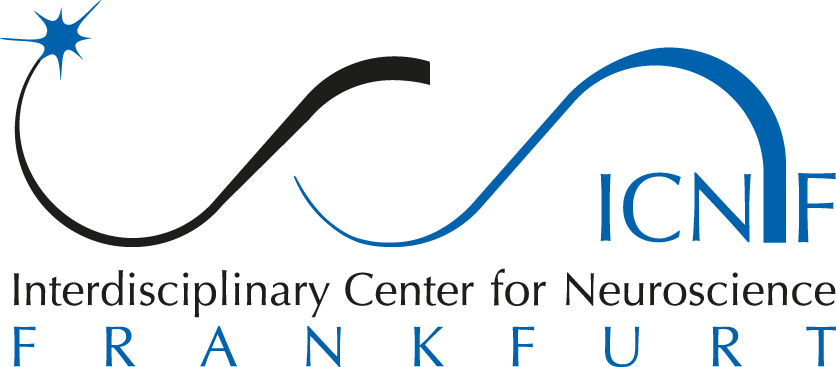
PD Dr. Bernhard Gaese
Institut für Zellbiologie und Neurowissenschaft
Neurobiologie und Biosensorik
Biologicum
Max-von-Laue-Str. 13
60438 Frankfurt am Main
Tel 069-798-42061
Fax 069-798-42051
E-Mail: gaese@bio.uni-frankfurt.de
Scientific Focus
We are interested in the neural basis of auditory perception with an emphasis on the importance of cognitive modulation and behavioral context. Hearing is an active process where bottom-up processing of auditory information interacts with top-down influences that enhance some aspects while diminishing others depending on earlier experience and behavioral context. We investigate this as a model to study the link between sensation, perception, and decision making in animals (rat, gerbil) and humans. Some of the main research topics are:
– Attentional influences on hearing
– Context-dependent processing of auditory signals
– Neural adaptation
– Neuronal basis of tinnitus
Methods
– Animal training
– In-vivo electrophysiology (mainly awake behaving rodents)
– Human psychoacoustics
– Magnetoencephalography (MEG, collaboration with IMP and Brain Imaging Center)
Selected Publications
Steube, N., Nowotny, M., Pilz, P.K. and Gaese, B.H. (2016). Dependence of the Startle Response on Temporal and Spectral Characteristics of Acoustic Modulatory Influences in Rats and Gerbils. Front. Behav. Neurosci. 10:133.
Kiefer, L., Schauen, A., Abendroth, S., Gaese, B.H. and Nowotny, M. (2015) Variation in Acoustic Overstimulation Changes Tinnitus Characteristics. Neurosci. 310:176
Klein, C., von der Behrens, W., and Gaese, B.H. (2014) Stimulus-Specific Adaptation in Field Potentials and Neuronal Responses to Frequency-Modulated Tones in the Primary Auditory Cortex. Brain Topogr. 27:599
Altmann, C.F. and Gaese, B.H. (2014) Representation of frequency-modulated sounds in the human brain. Hearing Research 307:74
Nowotny, M., Remus, M., Kössl, M., and Gaese, B.H. (2011) Characterization of the Perceived Sound of Traum-Induced Tinnitus in Gerbils. J. Acoust. Soc. Am. 130(5): 2827-2834.
